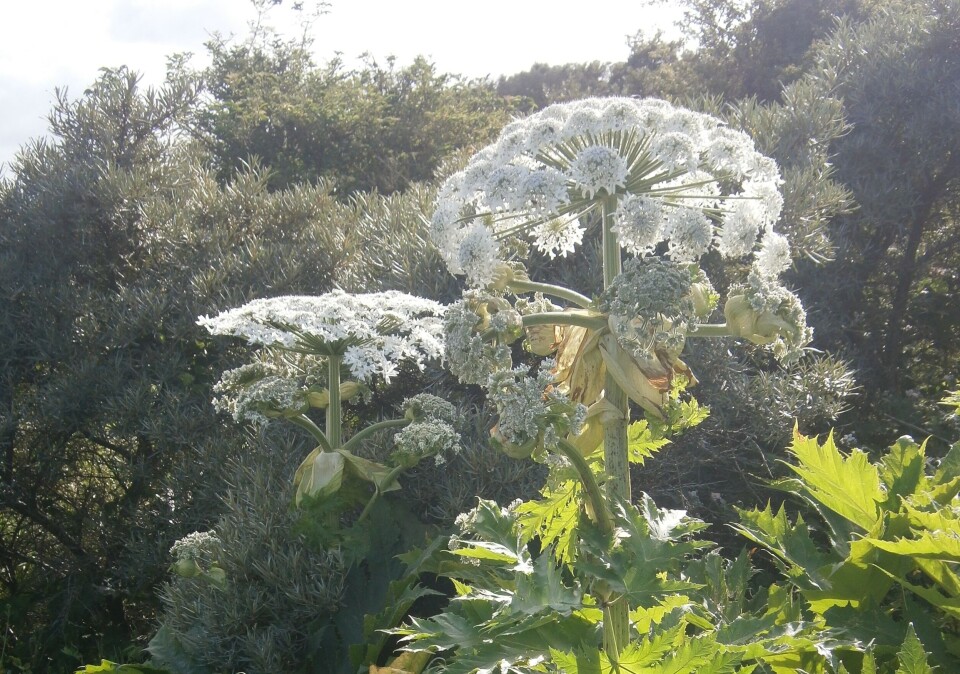-
Hosting scheme in south-west France lets newcomers sample lifestyle
Households in nine Dordogne communes volunteer under Mes Nouveaux Voisins scheme
-
French boulangeries demand right for staff to work on May 1 so they can open
Artisan bakery owners can work but employees cannot, while certain industrial bakeries are allowed to remain open with workers
-
How many Americans live in Paris - and where else are they choosing in France?
Over a quarter of all US nationals in France live in the capital city
Experts can now enter private Riviera gardens to pull up toxic plant
The Alpes-Maritimes prefecture says giant hogweed is dangerous to people and the environment – hence tough new measures to stop it proliferating in the area

Plant experts have been authorised to go into private gardens in areas of the south of France to dig out a toxic invasive species.
An arrêté (order) from the prefecture of the Alpes-Maritimes gives the authorisation to researchers and technicians as part of a departmental action plan for ‘non-proliferation’ of the Berce du Caucase, known in English as giant hogweed.
Looking like a huge version of cow parsley, the plant grows to 1.5 to five metres high and its leaves can reach three metres in length.
According to the prefecture it degrades natural environments where it is found and is dangerous for biodiversity – what is more, its sap is phototoxic, that is to say if you get some on your skin, it causes burns when exposed to the sun.
The order allows experts to go into enclosed private fields and gardens with ‘spades and mini mechanical excavators’ to root it up, however owners should be given five days' notice of this, it says.
The order is to last five years and states that digging-up projects can take place between June 1 and September 15 each year, preferably between June 15 and August 15, if conditions allow.
At present the current order only specifically concerns four rural communes of the back country of the Riviera (Lucéram, Séranon, Andon and Valderoure) however it states it aims to establish rules for stopping the proliferation of the plant in the Alpes-Maritimes generally.
The order originated from a request by experts from the Conservatoire botanique national méditerranéen de Porquerolles – plant specialists working across Provence, the Côte d’Azur and Languedoc-Roussillon.
The giant hogweed is native to the Caucasus mountains but was introduced as an ornamental species in the UK in the 19th century, where it escaped to the wild, spreading also to other European countries.
It flowers in June and July, with small white, or slightly pink, flowers, clustered on umbrella-like heads that may reach up to 60cm across.
If you get hogweed sap on your skin you should wash it off as soon as possible and seek medical advice.
Read more
Town uses pheromone gun to stop toxic caterpillers from reproducing
France on alert for tiger mosquitoes are temperatures rise
France ordered to take extra measures against Brittany algae
























